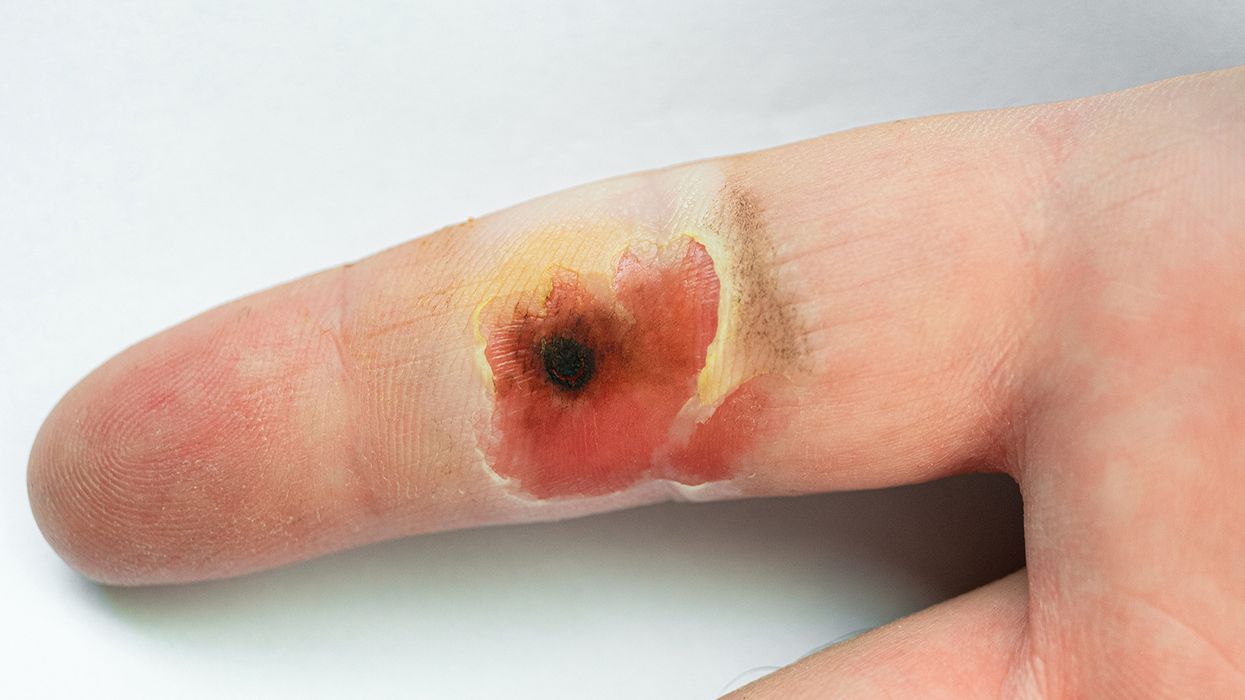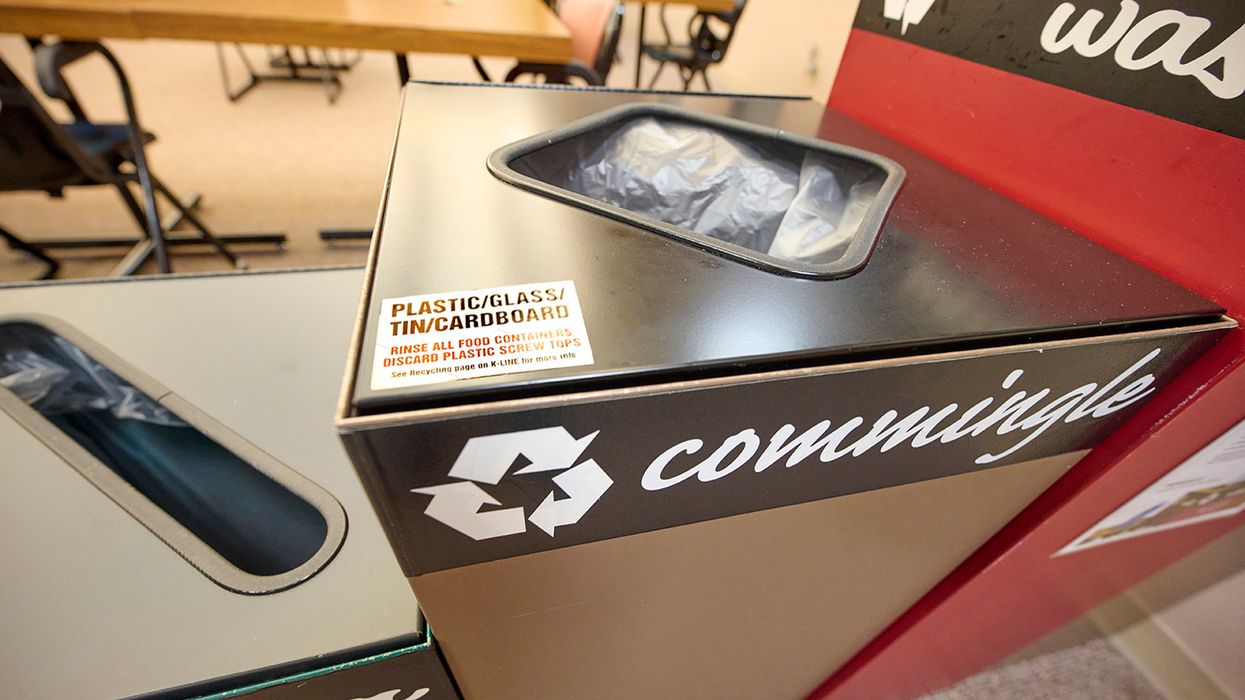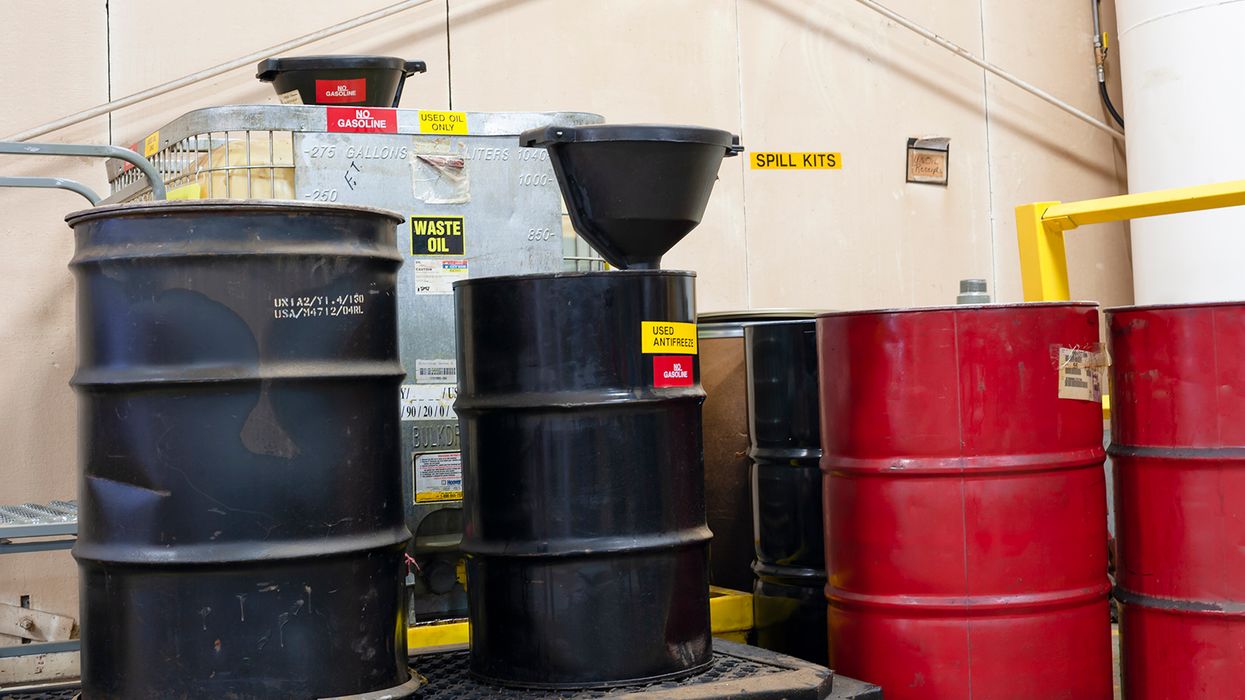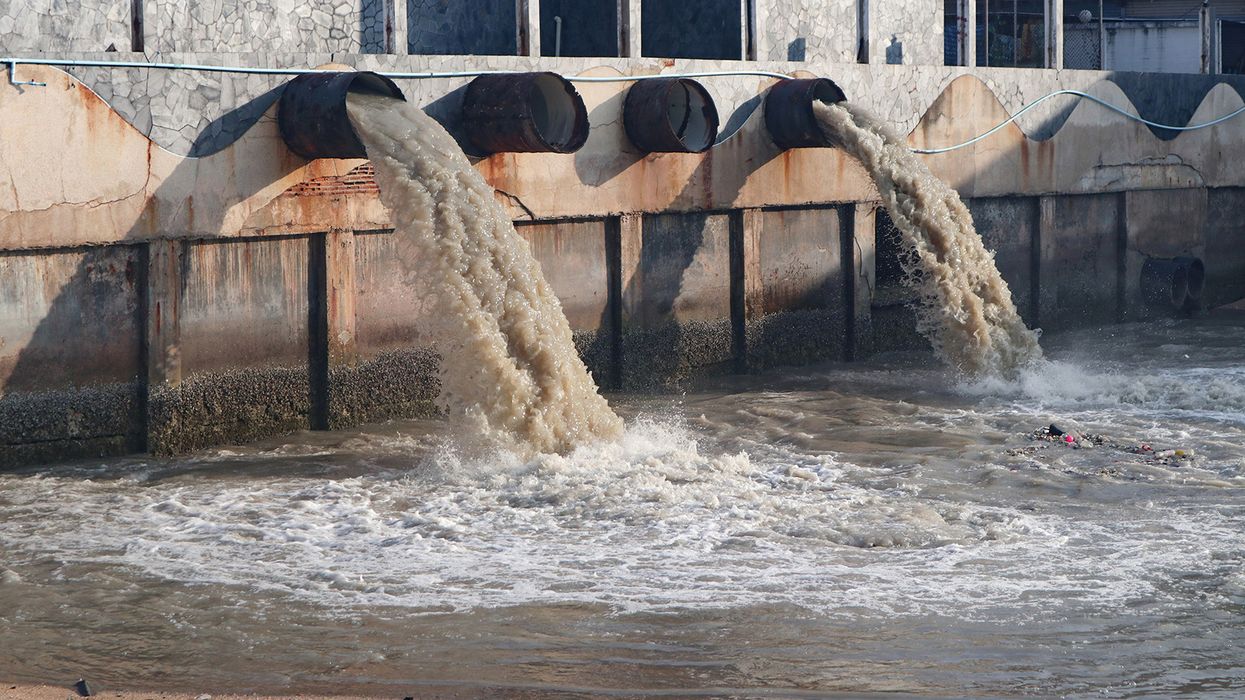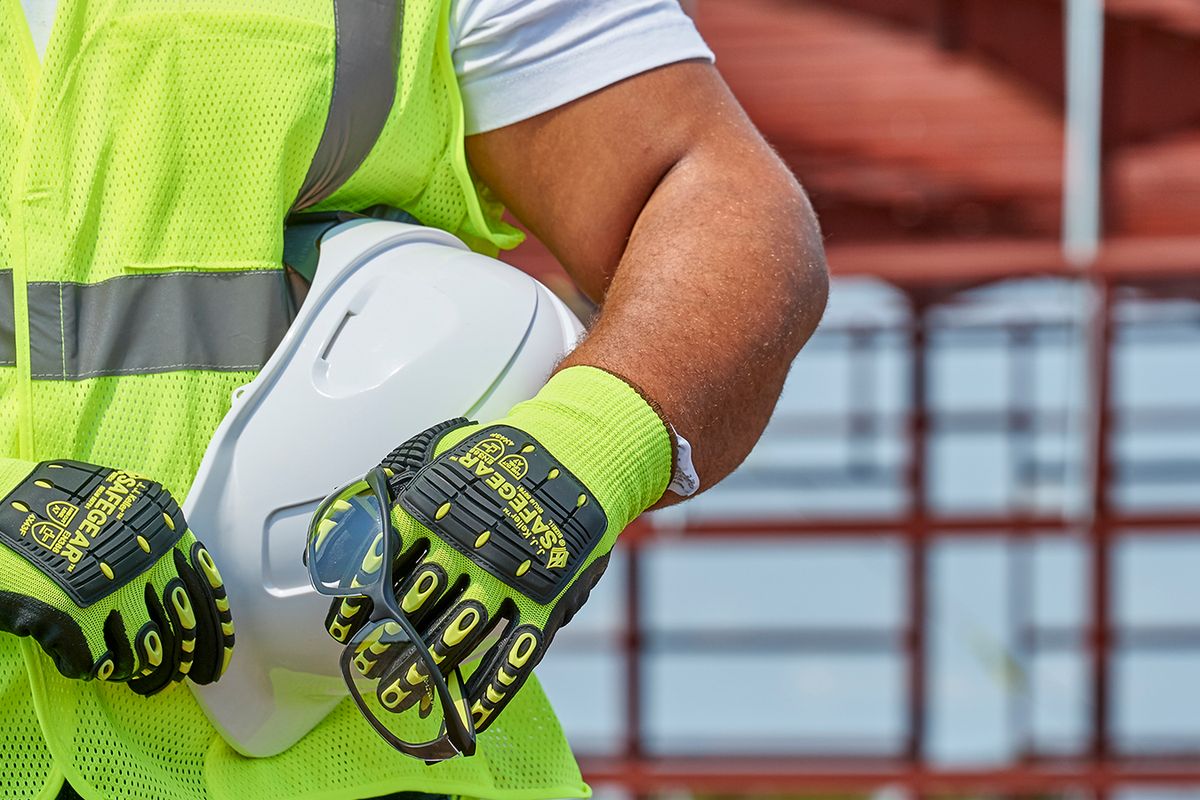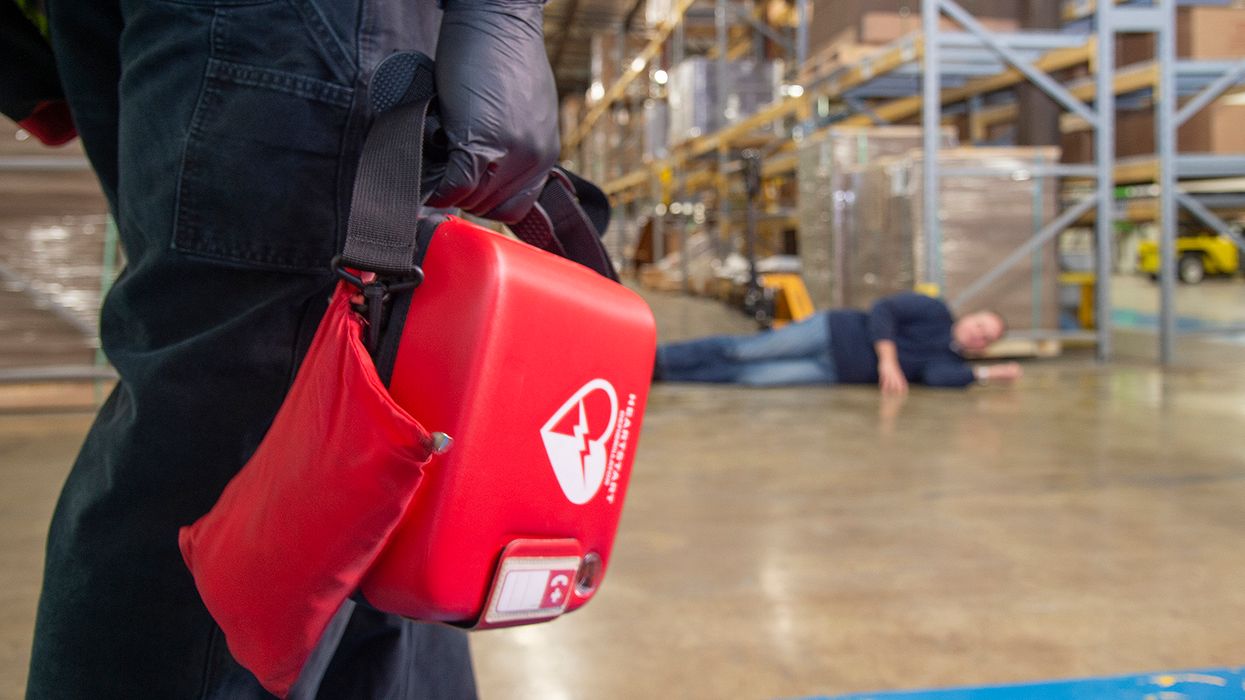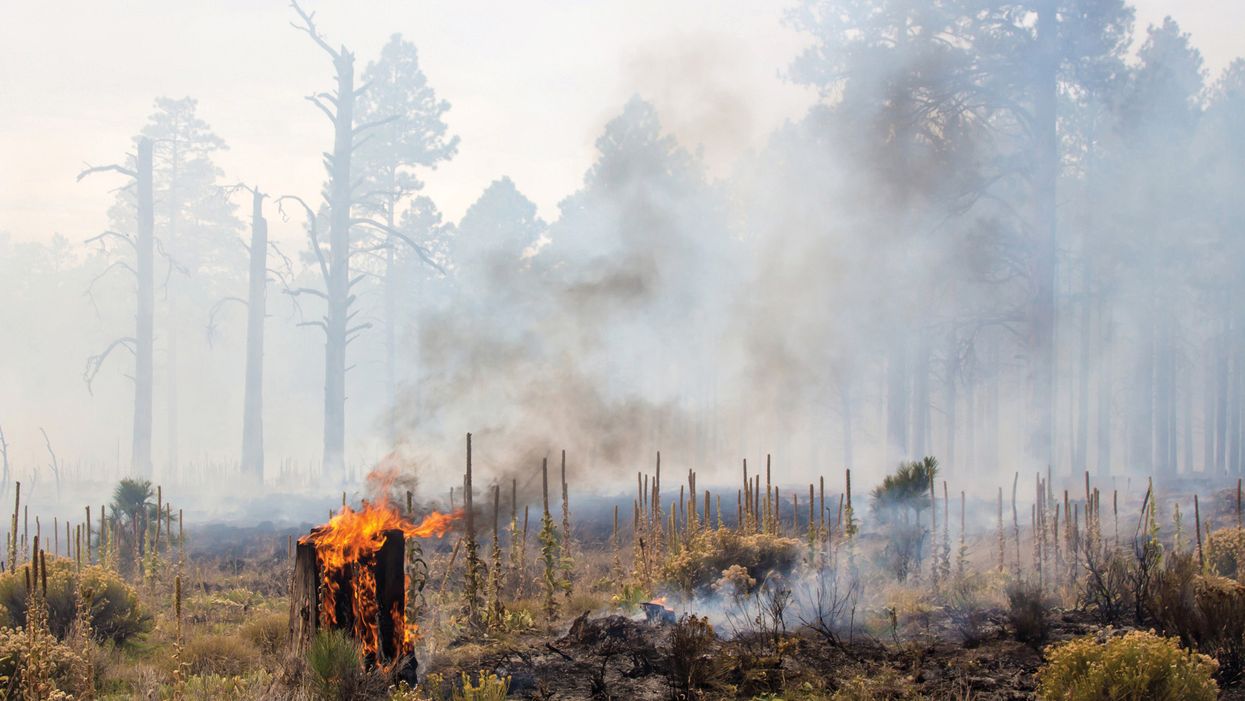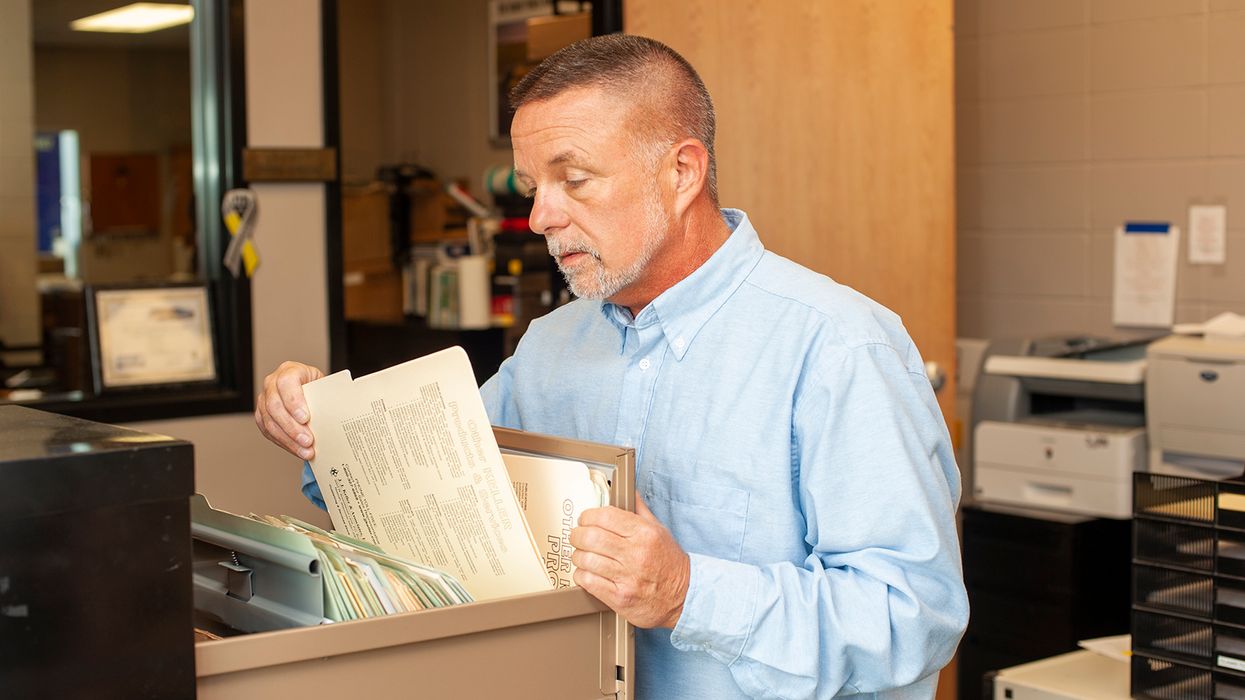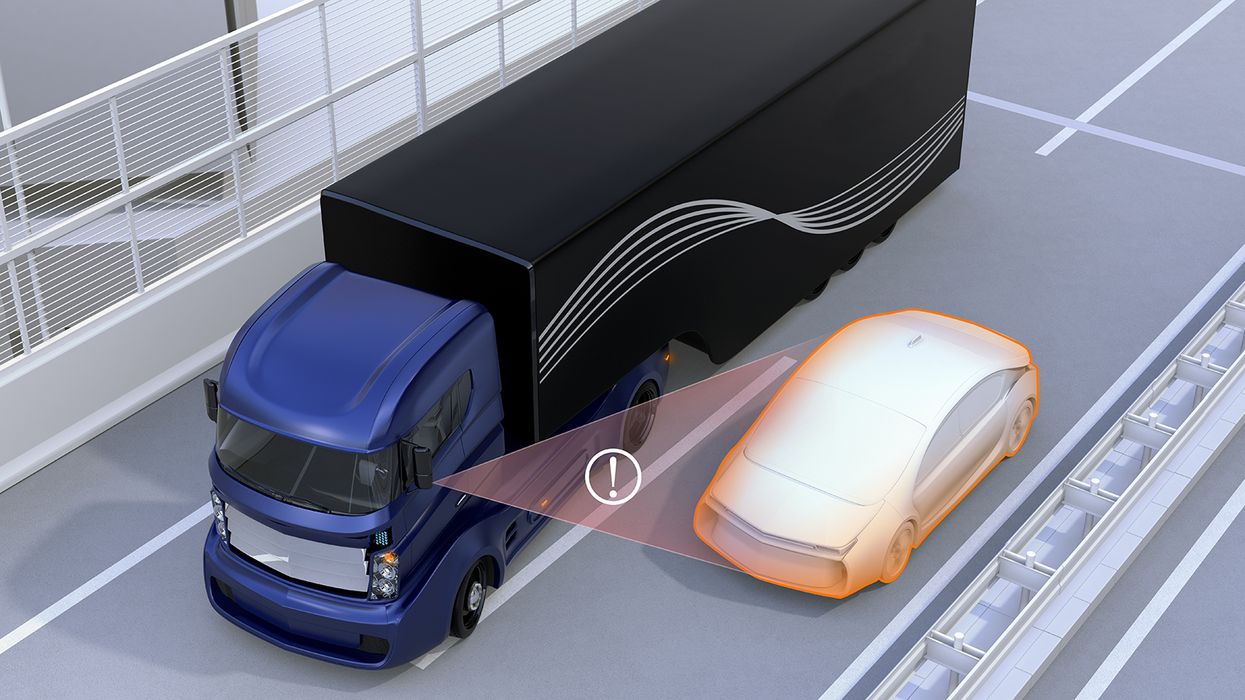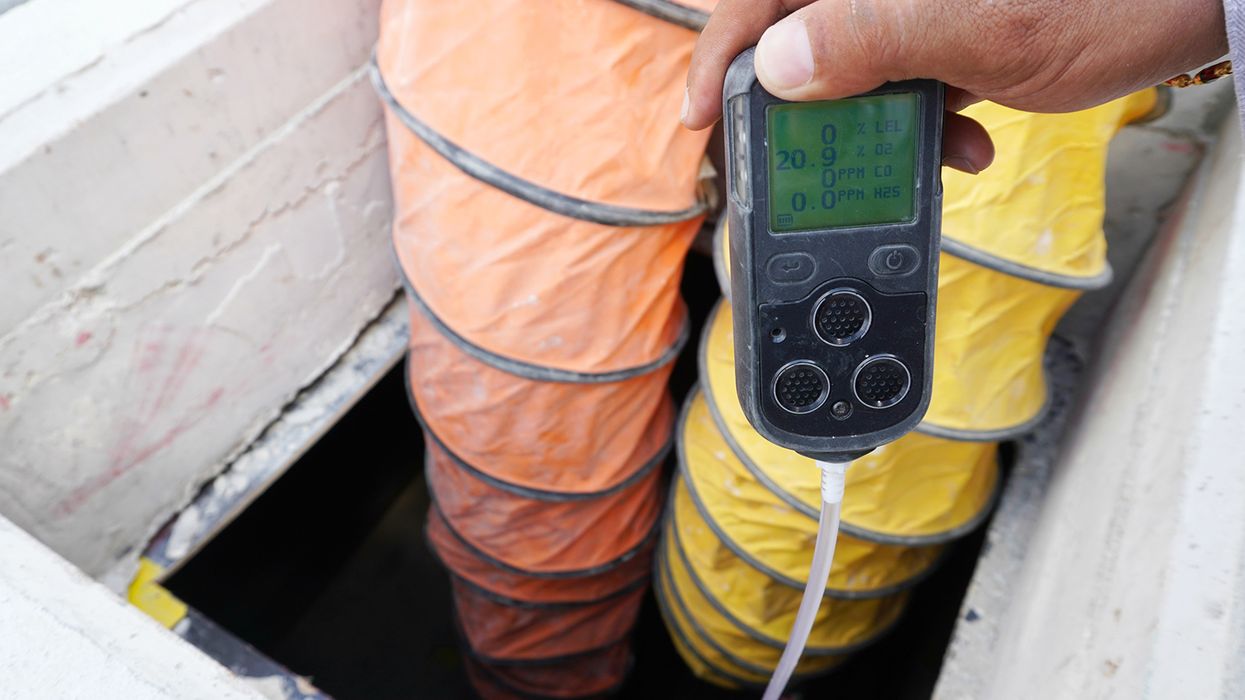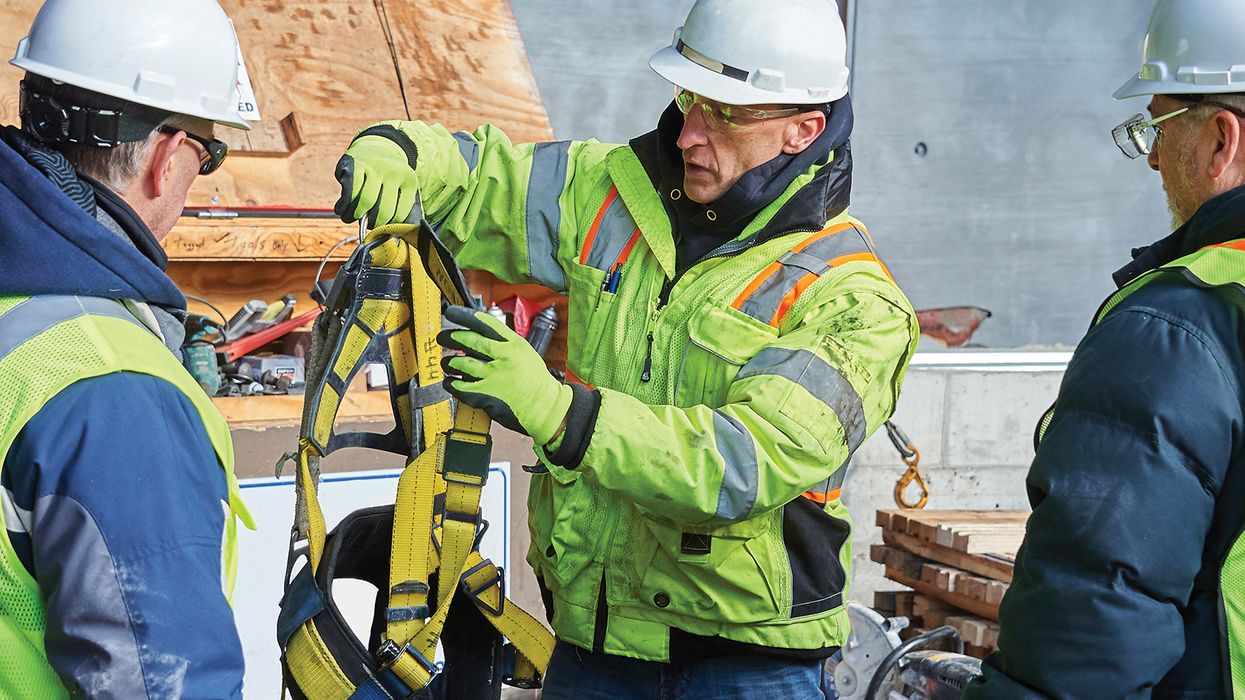The shortage of qualified drivers has worsened, according to industry experts and carriers. Rehiring good employees is a logical option for carriers to put drivers in seats of unused commercial motor vehicles (CMVs).
If former drivers reapply — whether two months or two years later — you must ensure they still meet your hiring criteria and the federal requirements.
Here are five “watch outs” when bringing back non-CDL and CDL drivers. The first two apply to all drivers, and numbers 3 through 5 apply to CDL-vehicle drivers only.
1. Know what constitutes a rehire.
A leave of absence, layoff, or a furlough is not a rehire if the driver remained on the driver roster and you expected them to return to driving. You will not need to create a new driver qualification (DQ) file, pre-employment drug test, or pre-employment Clearinghouse query.
However, when a driver is taken off a carrier’s roster and brought back to the company, the Federal Motor Carrier Safety Administration (FMCSA) considers the driver a new hire. If there is any break in employment, a new DQ file is needed.
For a rehire DQ file, you can use copies of the following documents from the old DQ file under certain conditions:
- Road test and road test certificate — if completed within the last three years (391.33(a)(2)).
- Medical certificate — if still valid and the driver experienced no disqualifying conditions.
- Safety Performance History (SPH) forms from prior employers — if compliant with 391.23 and employment was in the past three years.
You must create all other DQ file documents per 391.51 and obtain SPH documents from employers since the driver left your company as required by 391.23.
2. Understand the facts about the driver’s prior departure.
To avoid rehiring a problem employee, ensure you have details about why the driver left the company. If there are not enough details, contact the prior driver supervisor to confirm the facts about the break in employment.
A “No rehire” designation with details in the driver’s record can help avoid a bad rehire. A solid performer may also be turned away if there was a hasty “No rehire” flag in the driver’s record. For example, a personality conflict with one supervisor may not be a good reason to list a driver as no-rehire. Get the facts and decide.
3. Run a full query when rehiring CDL-vehicle drivers, with no exceptions.
Conduct a pre-employment full query in the Clearinghouse if there was any break in employment. There is no exception. Make sure the driver is not prohibited from driving due to a reported drug and alcohol testing violation while at another job.
4. Consider the time needed to comply with the pre-employment testing exception.
A CDL-vehicle driver must have a pre-employment drug test unless you meet the exception requirements in 382.301(b) and (c). Be aware that the exception could be more work and take longer than sending the driver for the test and getting the result.
Pre-employment drug testing exception overview:
If less than 30 days have elapsed since participating in an FMCSA drug and alcohol testing program, you need documentation from yours and any other DOT program that show:
- The driver was tested in the past six months or participated in a DOT testing program for the past 12 months, and
- You ensure that no prior employer knows of a violation under another DOT agency in the past six months.
Documentation required in 382.301(c)(1) from the other carriers must be in hand before dispatching the driver.
5. Don’t forget these CDL-driver compliance items.
Two rehire checklist items that are easy to overlook during the hiring process:
- Ask the driver about pre-employment drug test violations in the past two years where the driver was not hired. The Clearinghouse may cover all or part of this period. However, there has not been any rulemaking eliminating this requirement in 40.25(j).
- Reissue the DOT drug and alcohol policy educational materials and receive a signed receipt from the driver.
Keys to remember:
When rehiring drivers you need to confirm the potential rehire’s prior performance and reason for leaving, along with meeting all other qualification requirements. Don’t skip any steps in the hiring process just to get the driver on the road sooner.

